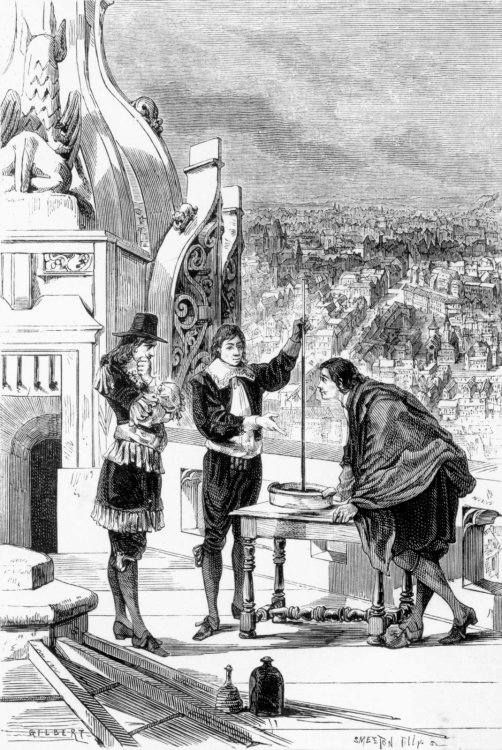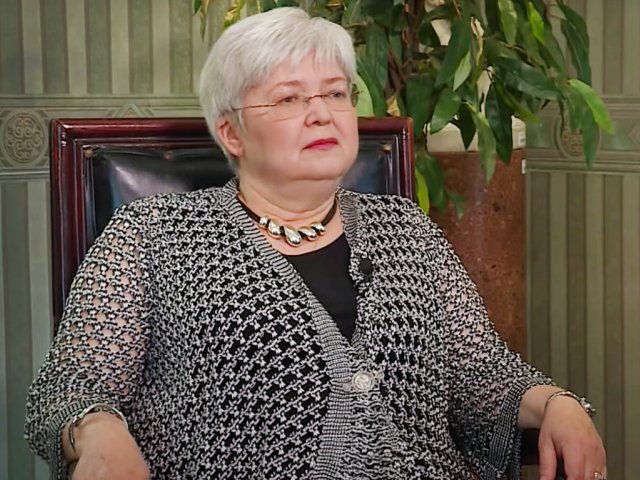On September 19, 1648, Pascal conducted an experiment that proved the existence of atmospheric pressure
In Russian schools, ninth-graders study Pascal programming language at computer science classes, equations with such a pressure measurement unit (Pa) are solved in physics, and there is a state university with this name on the map of France. This is all Blaise Pascal – a physicist, mathematician, philosopher, writer. He was born on June 19, 1623, in Clermont-Ferrand, now the French region of Auvergne. The scientist found a use for his extraordinary intellectual abilities and made many discoveries in mathematics and physics. And on September 19, 1648, he conducted his famous experiment, proving the existence of atmospheric pressure. And it was not just an experiment for the sake of interest. Pascal was solving an important problem. For a long time, Italian engineers did not understand how to build suction pumps to raise water for use in fountains or to supply buildings to a height of more than 10 meters.
In 1646, the physicist first experimented with Torricelli’s tube. He took a glass tube that was sealed on one side, then filled it with mercury, closed it with his finger, and dipped it into a bowl with mercury.
Part of the dark substance from the tube flowed into the cup, and the other part (a mercury column) appeared above the surface of the liquid in a tube about 76 cm tall. The author of the experiment was a student of Galileo Evangelista Torricelli: he suggested that there is a void in the sealed part of the tube above the mercury, and the mercury column clamps the atmospheric air pressure into the tube.
Blaise Pascal slightly changed the experiments of Evangelista Torricelli, after which he realized that there was a void above the liquid in the tube. To verify that, he repeated the experiment over and over again, using several glass tubes, with water and wine as a liquid (it rose higher along the tube). Then the scientist suggested that the atmosphere presses on a heavier liquid in the same way as on a lighter one. This “unknown force” literally pushes more wine into the tube than water because it is lighter.
Later, the scientist discovered that the liquid level depends on the weather. This is how in 1647 Pascal proved that air pressure and barometer readings depend on the weather. This date could become pert of history, if not for one but. It was necessary to compare the readings of the device at the ground and at an altitude where the pressure is lower. Pascal was unstoppable: on November 15, 1647, he sent a letter asking for help to his niece’s husband, Florin Périer.
Pascal’s experiment
The experiment had to be postponed a little due to the weather, so it took place on September 19, 1648. Périer went up with a pipe to the top of Puy de Dôme (1465 m). This event was an unprecedented practice: for the first time in the world of science, the phenomenon was first “born” theoretically, and then confirmed in practice. Pascal’s statement was confirmed: the difference in mercury levels at the top of the mountain and in Pascal’s garden was 3 inches 11/2 lines.
After that, Blaise Pascal formulated a law of physics that received his name: the pressure is the same at the same distance from the center of the Earth.
Photo on the homepage: habr.com
Photo on the page: fineartamerica.com























